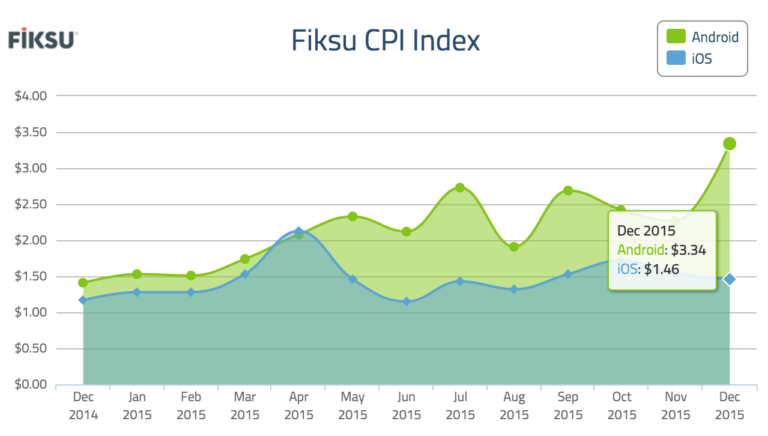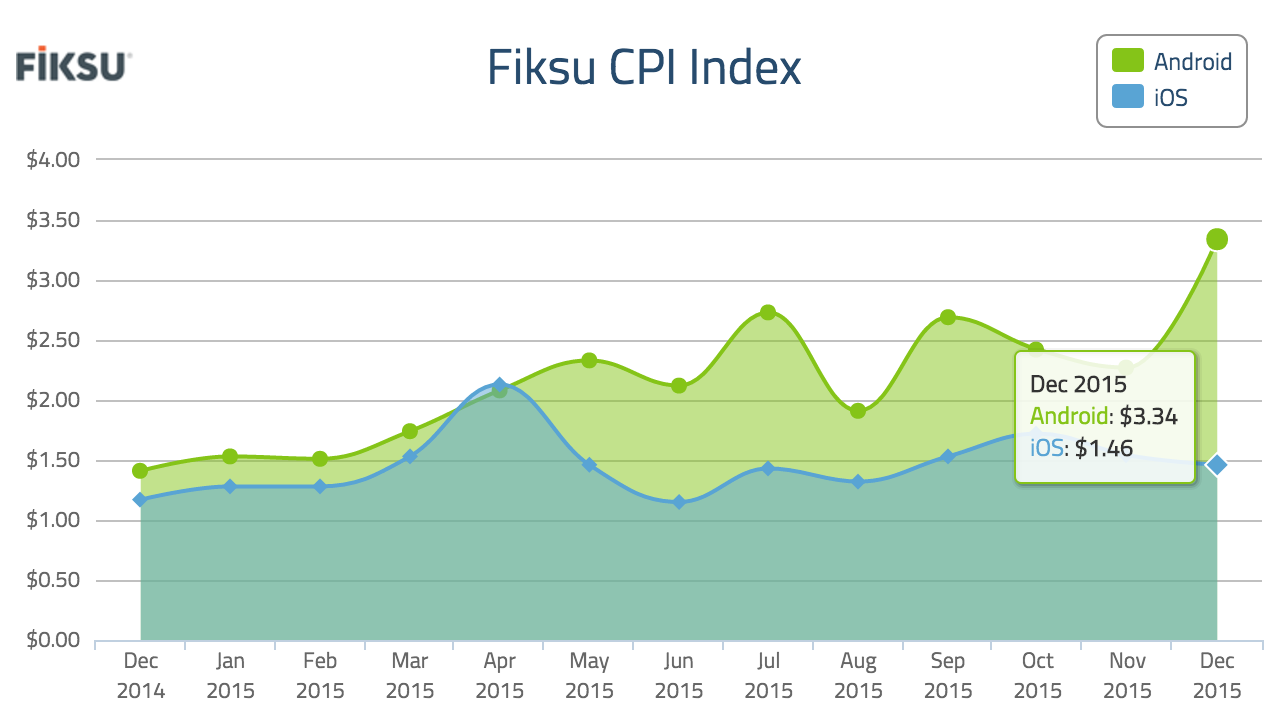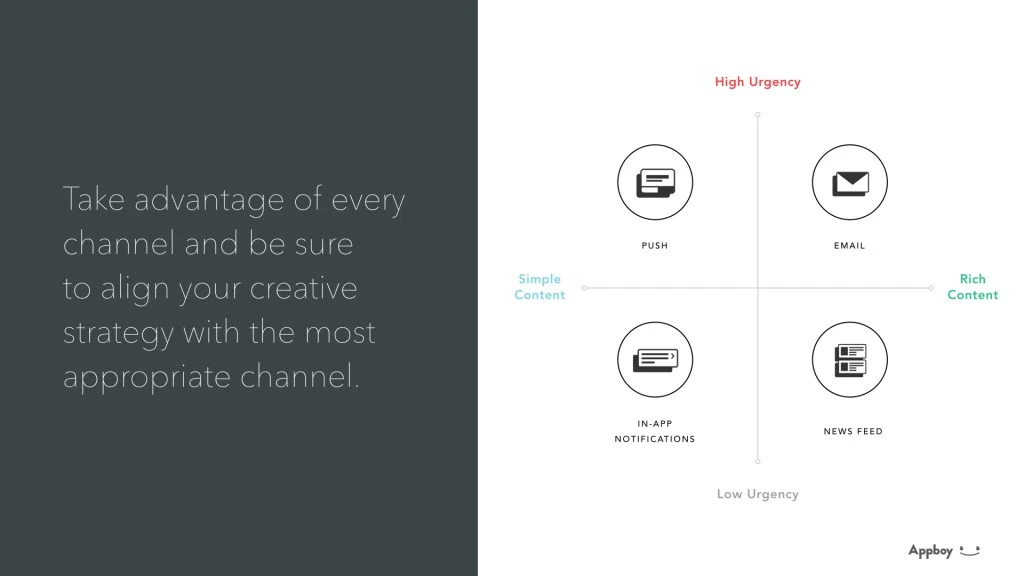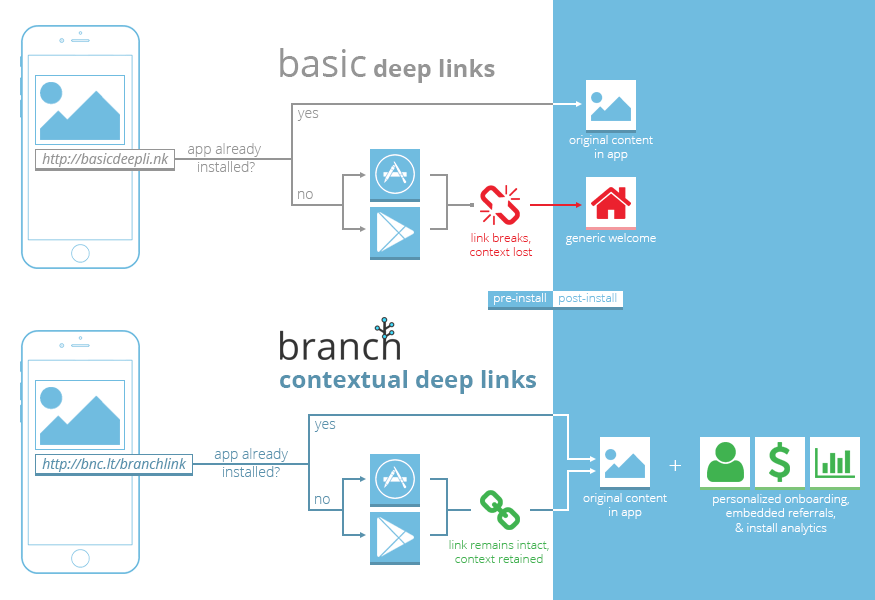As we’ve noted before, mobile app developers face considerable challenges when trying to build a viable mobile business. However daunting, the challenge is not stopping developers from entering the market in droves – just over 50,000 showed up in the Apple App Store last month.
To build a business, app developers need to build and retain a core group of loyal users capable of fueling an app’s business model. But the realities of that challenge are stark: According to Fiksu, the cost to get an install on iOS hit $1.46 on iOS in December 2015.
However, as any app developer knows, the true cost of acquiring a user depends on how many of those users actually stay in the app. With nearly 80% of users abandoning an app with in the first day, the true cost to acquire a user is actually closer to $4.23 (up 101% YOY).
And that’s just for paid acquisition. Mobile app developers are pushing users into apps through a variety of channels, including App Store Optimization (ASO), organic downloads, and sharing.
The message is clear: Retaining users is mission critical for app developers.
Last month we conducted a webinar with Apptimize and Gametime, an app that helps sports fans buy last minute game tickets. Like many apps, Gametime had the same Day 1 retention challenge – surviving in an incredibly competitive app market meant activating their users.
To do this, Gametime wanted to create a personalized first-time user experience for users who found the app while looking for specific tickets. But, that’s not possible in the standard app store download flow where all users end up at the same load screen when opening an app.
Using Branch to Pass Contextual Data Through Install
In order to create a personalized first-time user experience, Gametime needed to know where a user was coming from. To do this, they chose to work with us for our contextual deep links. Because our links are able to pass data about where a user is coming from and what they were doing before install to the app, Gametime had the technical ability to create personalized experiences.
Knowing that a user was searching for tickets to the Golden State Warriors, for example, allowed them to take a user to available Warriors tickets instead of the standard onboarding flow.
While it seems logical that this would result in better retention, Gametime wanted to make sure before rolling it out to all users. To do this, they implemented a proper A/B test with Apptimize and measured the downstream impact on user retention and revenue.
Prioritize Onboarding But Customize it for Your App
User retention is a universal problem for app developers. For Gametime, personalizing onboarding by taking users directly to desired app content helped improve day 1 retention. But every app is different and may require a special approach.
The key is implementing technologies like contextual deep links and A/B testing that allow for trying and testing different user experiences.

























